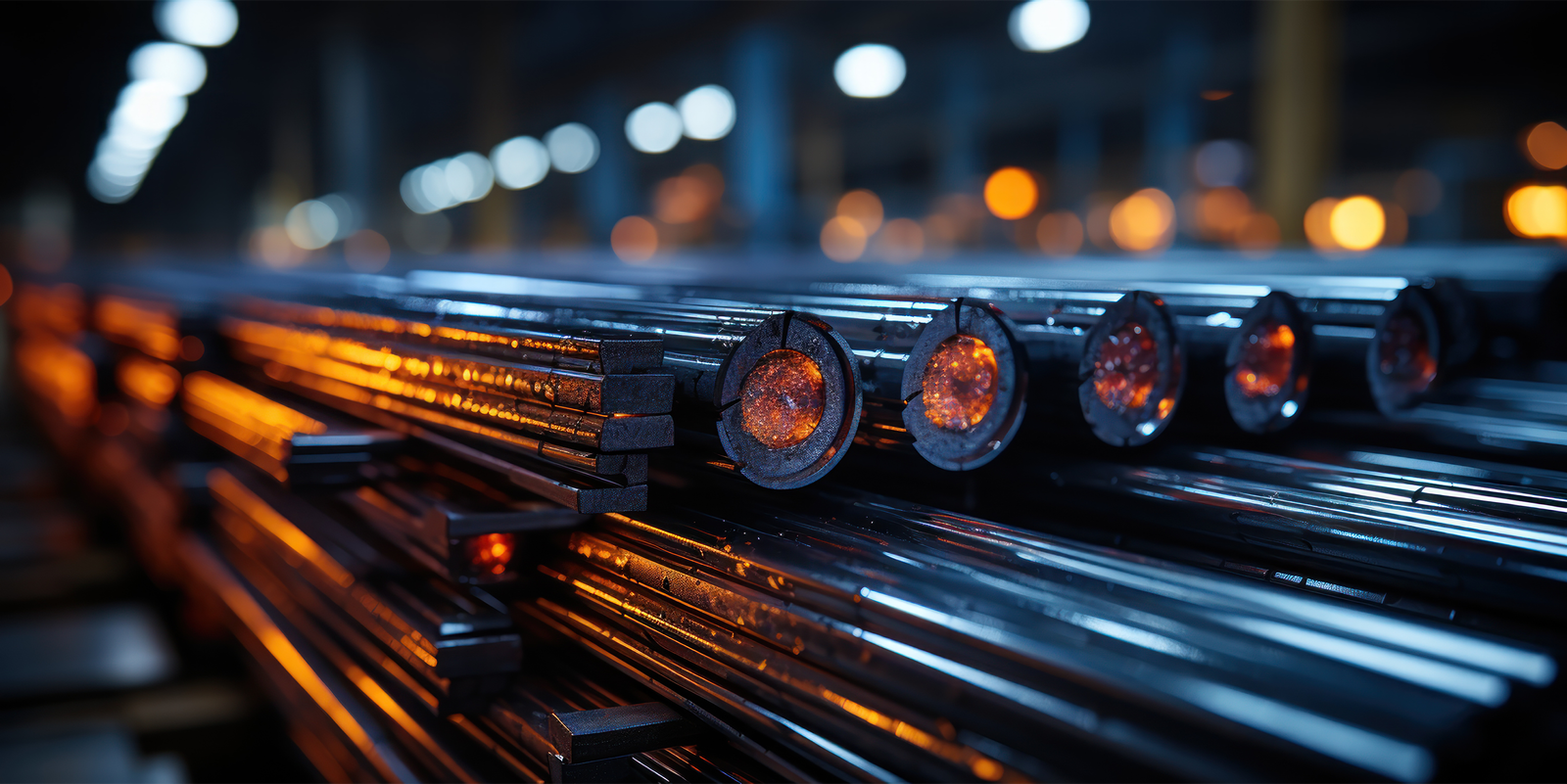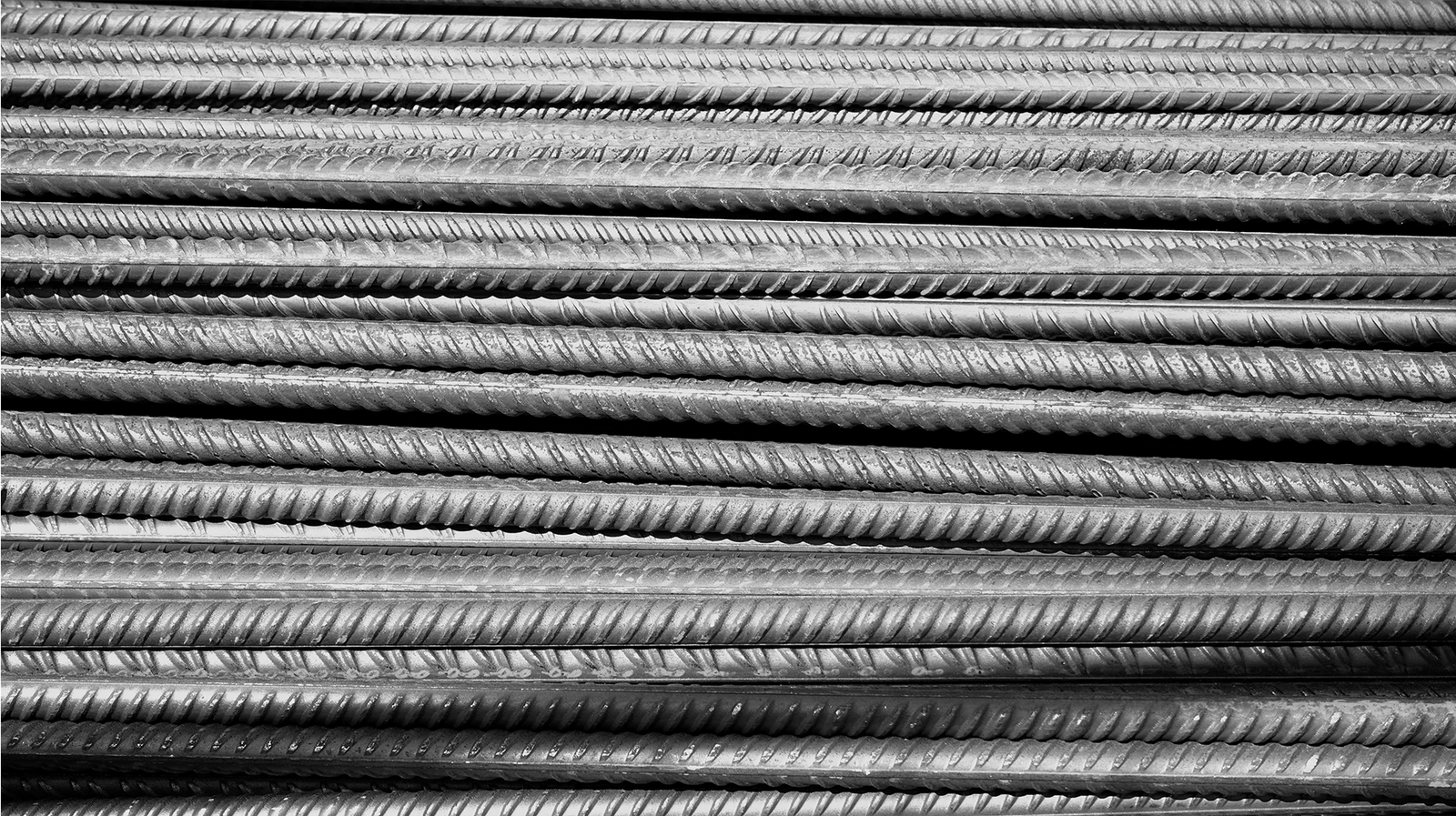
Steel
Steel is an alloy primarily made of iron and carbon, known for its strength, durability, and versatility. It is widely used in construction, manufacturing, and engineering applications. When iron is combined with carbon, recycled steel and small amounts of other elements it becomes steel. Steel is an alloy of iron and carbon containing less than 2% carbon and 1% manganese and small amounts of silicon, phosphorus, sulphur and oxygen. .
STEEL
Carbon Steel
Stainless Steel
Alloy Steel
Tool Steel
Hardenable Low Alloy
Molybdenum Steel
Weathering Steel
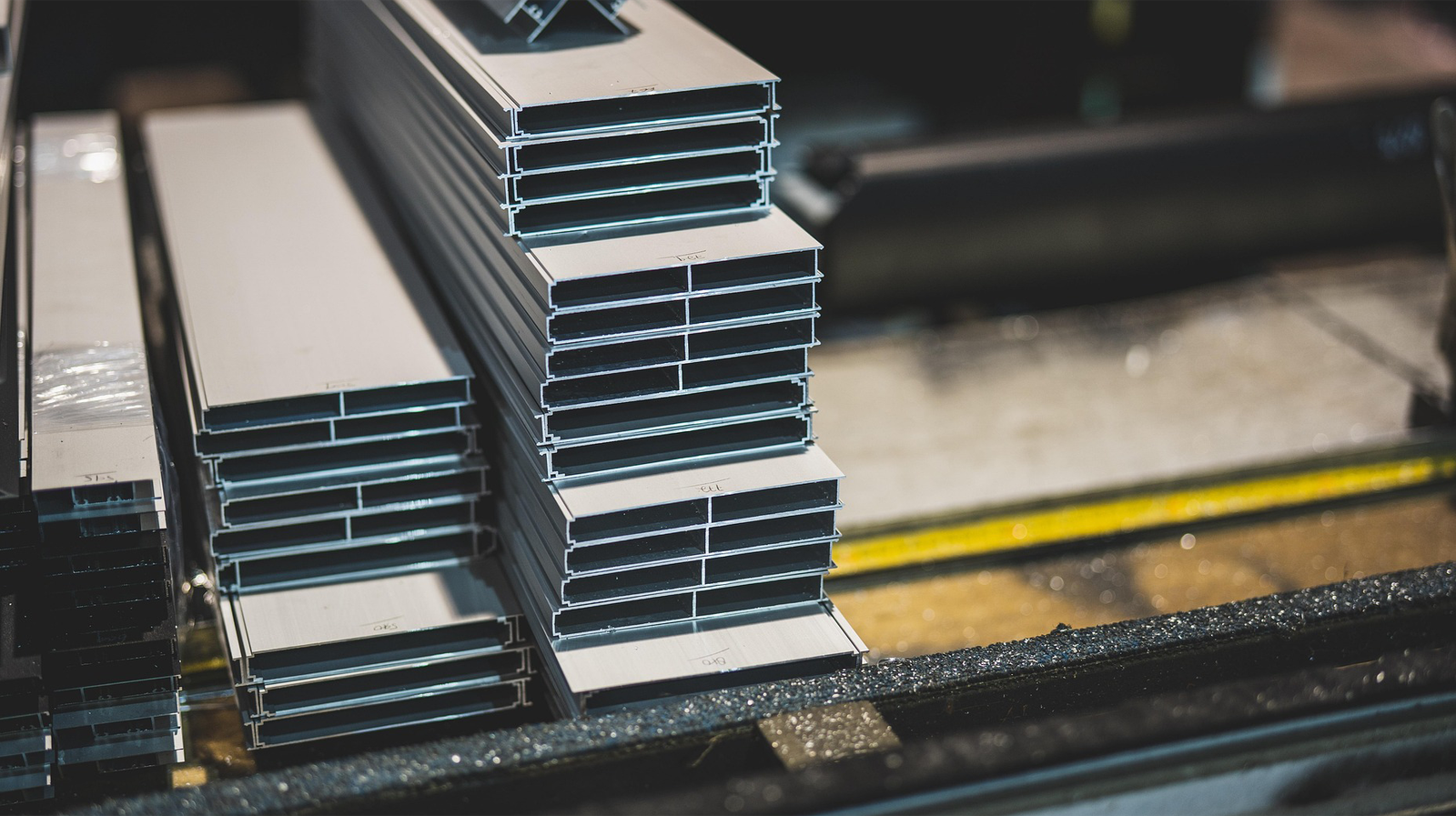
Aluminium
Aluminium is made by extracting it from bauxite, a mineral rich in aluminium oxide. First, the bauxite is crushed and refined using the Bayer Process to separate impurities. The purified aluminium oxide is then processed through electrolysis process, where an electric current separates the aluminium metal from oxygen. The aluminium is collected, cooled, and cast into shapes like ingots or billets. It can then be further processed into sheets, bars, or other forms. Aluminium is lightweight, corrosion-resistant, and versatile, making it ideal for industries like automotive, aerospace, construction, and packaging.
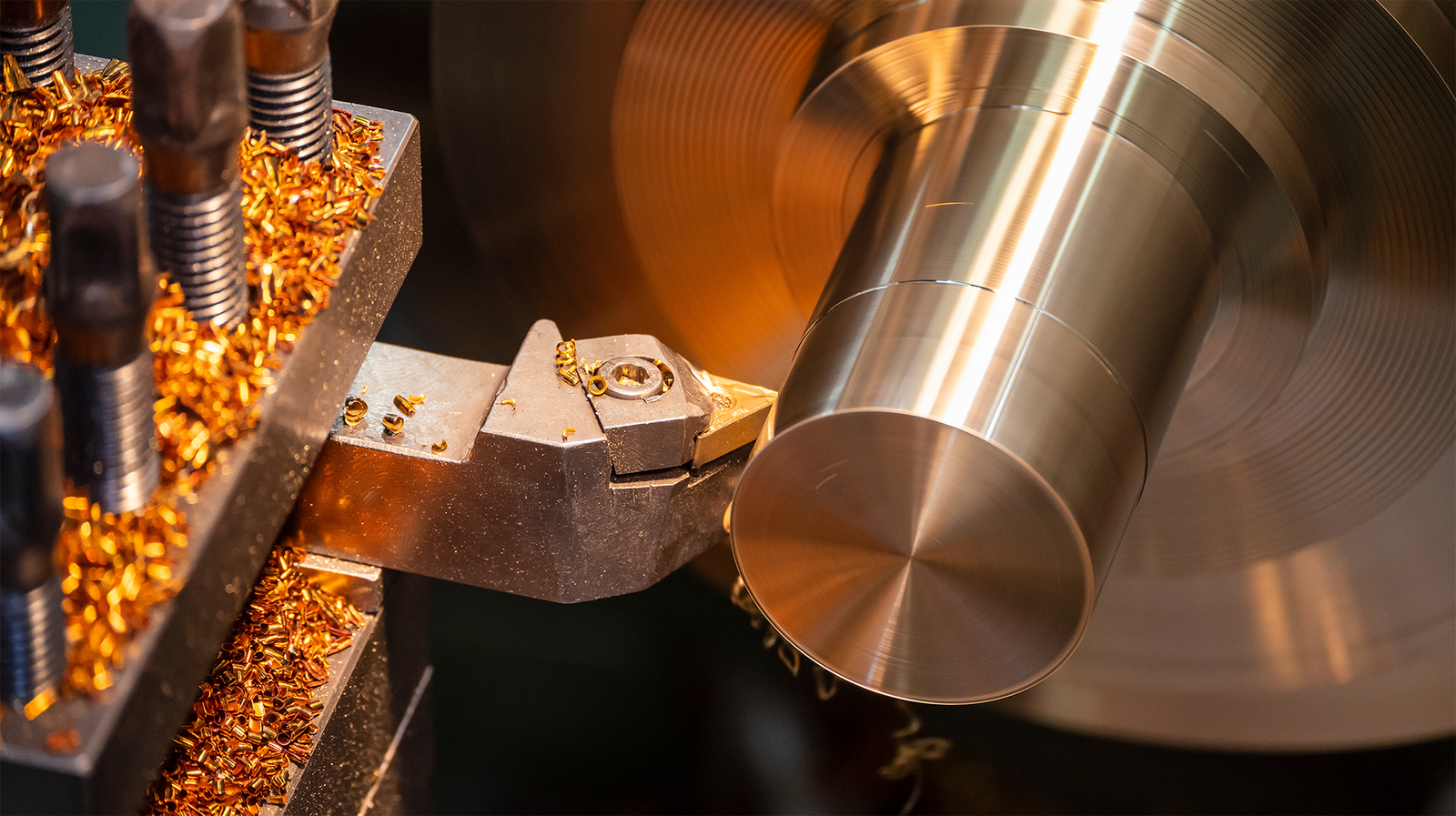
Bronze
Bronze is made by combining copper, the main ingredient, with tin (about 10-12%) and sometimes other elements like aluminium or silicon. First, copper ore is mined and refined through smelting. Then, copper and tin are melted together in a furnace to create molten bronze, with precise control over the mix for the desired properties. Finally, the molten metal is poured into molds or shaped through forging and rolling to create various forms like ingots or castings.
BRONZE
Phosphor Bronze
Silicon Bronze
Aluminium Bronze
Manganese Bronze

Zinc
Zinc is a natural resource that is extracted from the earth's crust through a series of steps, Roasting, Leaching and purification, Electrolysis Used in Galvanizing Die-casting, Used in Batteries, Zinc is used in American pennies. Zinc is used in DNA synthesis, childhood growth, immune system regulation, and personal care products such as sunscreens, ointments, toothpaste, and soap. Sacrificial zinc anodes are used in marine vessels to stop corrosion. Zinc is used in organic, inorganic, physical, analytical, stereochemistry, biochemistry, geochemistry, forensic, and food chemistry.
ZINC
Pure Zinc
Zinc Ingots
Zinc Ash
Zinc Dust
Zinc Oxide
Galvanized Zinc
Zinc Plating
Zinc Alloys
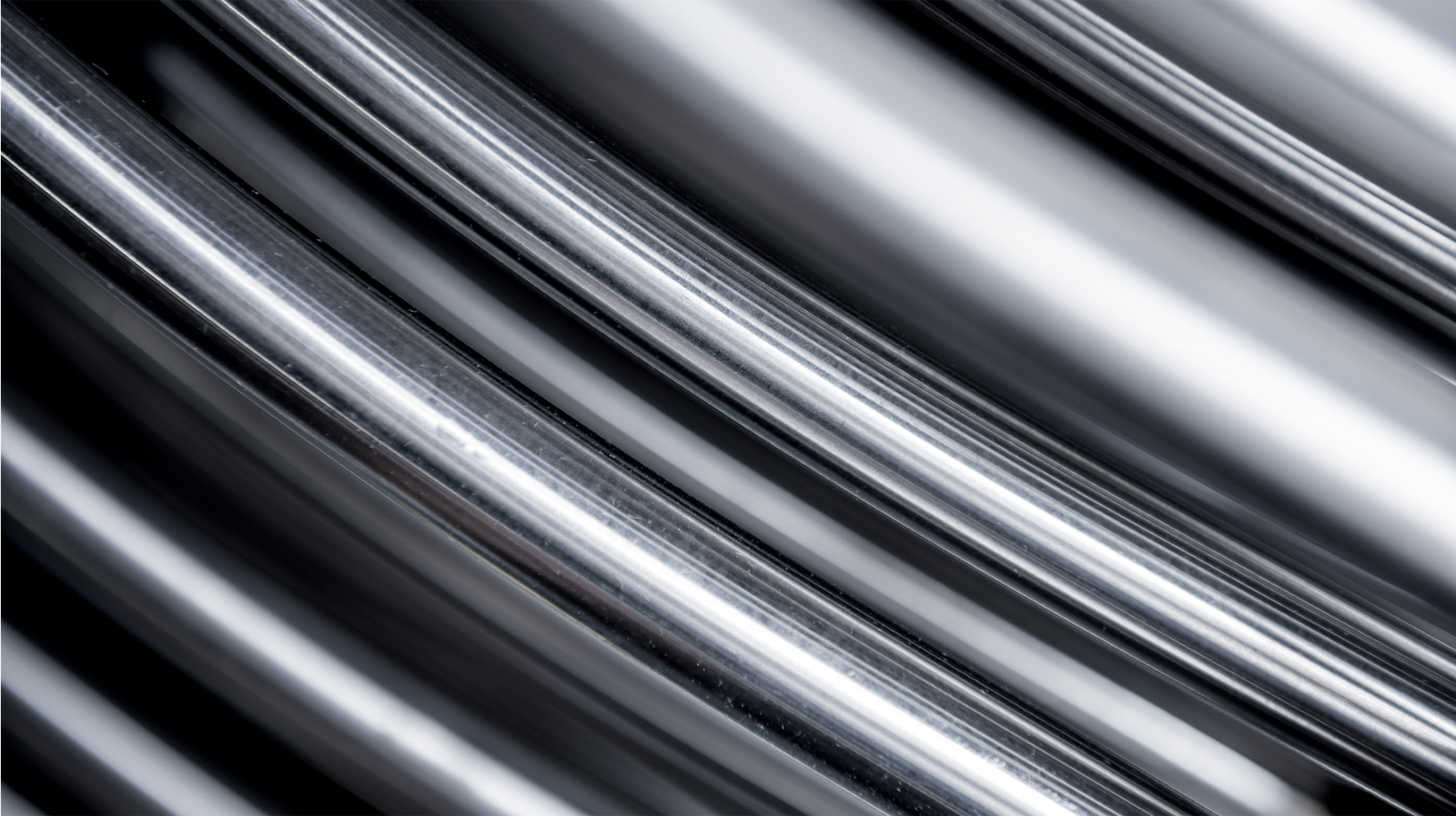
Iron
Iron is one of the most widely used metals due to its strength, durability, and abundance. It forms the foundation of steel and numerous alloys used across construction, automotive, machinery, and manufacturing industries worldwide.
IRON
Pig Iron
Cast Iron
Wrought Iron
White Iron
Gray Iron
Ductile Iron
Malleable Iron

Brass
Brass is an alloy made by melting copper and zinc together, typically in a 60-90% copper and 10-40% zinc ratio. Sometimes, lead or tin is added for machinability or corrosion resistance. The molten brass is poured into molds or shaped into ingots, sheets, or parts. uses in Various Industries like Plumbing: Common in faucets, valves, and pipe fittings for its corrosion resistance. Musical Instruments: Used for trumpets, saxophones, and trombones due to its excellent sound quality. Electrical Components: Ideal for connectors and terminals because of its conductivity and resistance to corrosion.
BRASS
Alpha Brass
Beta Brass
Yellow Brass
Red Brass
Free Machining Brass
Leaded Brass
Naval Brass
Brass Rods
Brass Wire
Brass Fasteners
Brass Plate
Brass Sheets
Cartridge Brass
Lead-Free Brass
Muntz Brass
White Brass
Manganese Brass
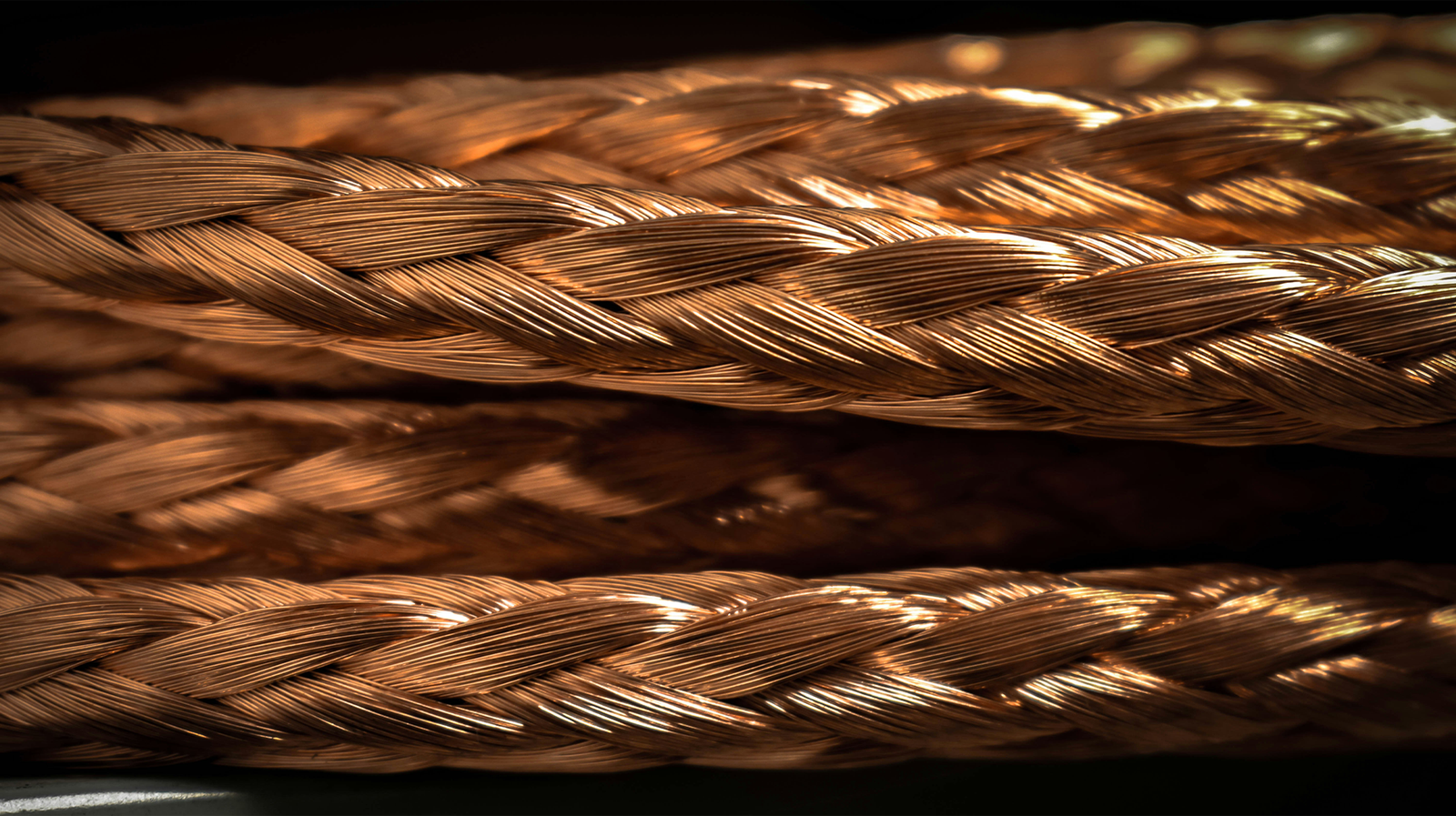
Copper
Copper is extracted from ores like chalcopyrite and malachite through mining. The ore is crushed, concentrated, and heated in a furnace to separate the copper. The copper matte is then refined through electrorefining to produce pure copper. Once refined, it's melted and cast into forms like ingots or sheets for further shaping. Copper is widely used for electrical wiring, circuit boards, and electronic components due to its excellent conductivity. It's also essential in the automotive and aerospace industries for parts like radiators, brakes, and electrical systems because of its strength and reliability.
COPPER
Solid Copper Wire
Oxygen-Free Copper
Coated Copper Wire
Electrolytic Tough Pitch (ETP) Copper
Beryllium Copper Wire
Copper-Clad Aluminum
Copper-Clad Steel (CCS) Wire
Titanium-Clad Copper Wire
Nickel-Plated Copper Wire
Copper Tube / Pipes
Copper Sheet
Copper Plates
Copper Cathodes
Copper Mulberry
Copper Alloy
Copper Powder
Architectural Plates & Panels

Titanium
Titanium ore (rutile or ilmenite) is mined, crushed, and purified to extract titanium dioxide (TiO2). This is mixed with carbon and chlorine to form titanium tetrachloride (TiCl4), which is distilled to remove impurities. TiCl4 is then reacted with magnesium or sodium in an oxygen-free environment, creating titanium sponge. The sponge is melted into ingots, forged, rolled, and shaped into plates, bars, or sheets before being heat-treated and inspected.
TITANIUM
Titanium Filler
Titanium CP4 — Grade 1
Titanium CP3 — Grade 2
Titanium CP2
Titanium CP1 — Grade 4
Titanium Grade 7
Titanium Grade 11
Grade 5 — Ti 6Al-4V
Grade 6 — Ti 5Al-2.5Sn
Grade 9 — Ti 3Al-2.5V
Grade 12 — Ti-0.3Mo-0.8Ni
Grade 19 — Titanium Beta C
Grade 23 — 6Al-4V ELI
Titanium 6Al-6V-2Sn (6-6-2)
Titanium 6Al-2Sn-4Zr-2Mo (6-2-4-2)
Titanium 6Al-2Sn-4Zr-6Mo (6-2-4-6)
Titanium 8Al-1Mo-1V (8-1-1)
Titanium 10V-2Fe-3Al
Titanium 15V-3Cr-3Sn-3Al
Titanium Alpha Alloys
Titanium Beta Alloys
Titanium Alpha-Beta Alloys
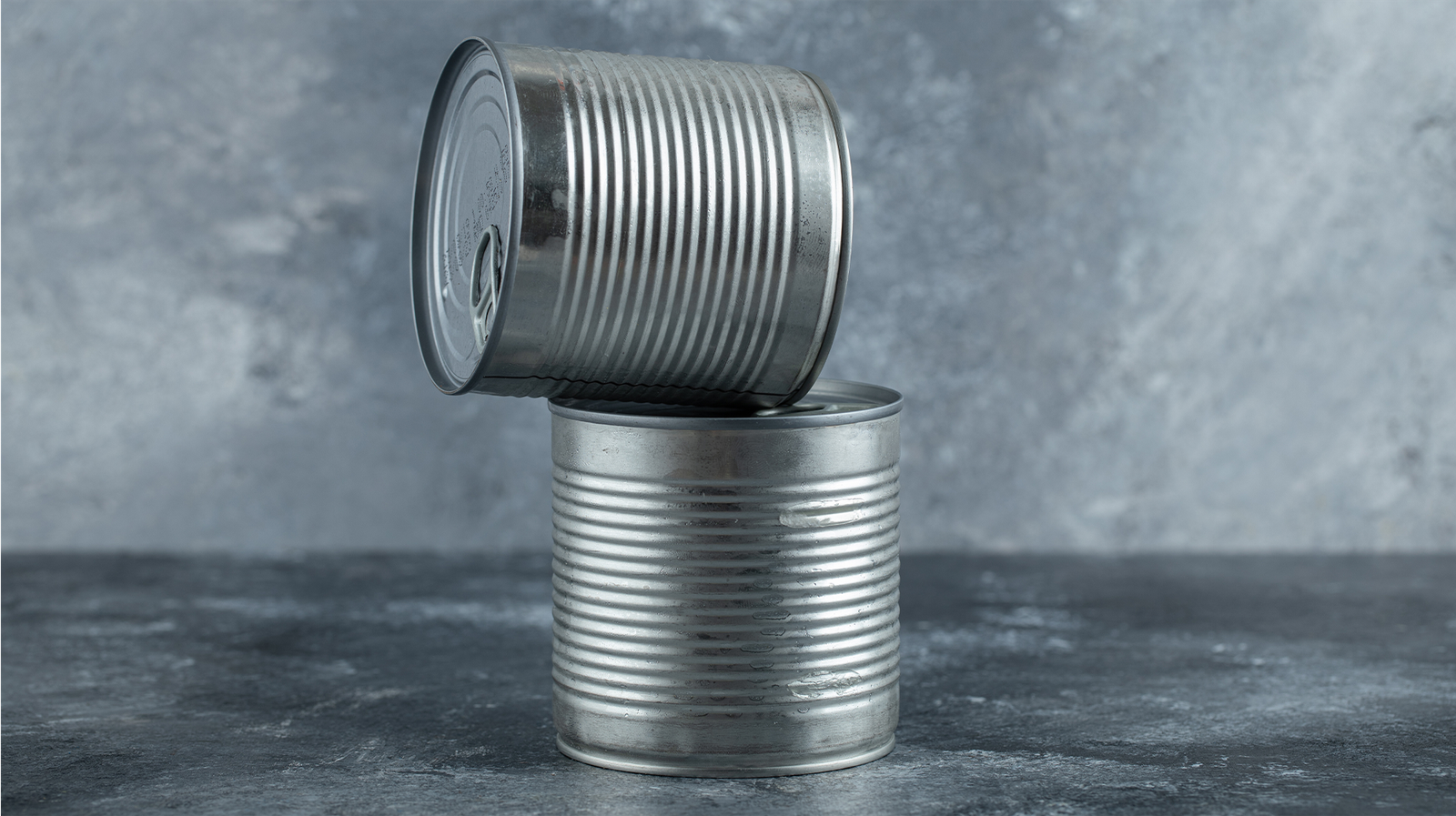
Tin
Tin ore (mainly cassiterite) is mined and crushed. The ore is heated in a furnace with carbon, reducing it to molten tin. Impurities are removed through refining processes like liquation or electrolytic refining, producing pure tin ingots. Tin is used in food can coatings, soldering electronics, making alloys like bronze, and protecting metals from rust through tin plating. It’s also found in pipes, automotive parts, and some dental materials.
TIN
Pure Tin
Coating and Plating
Packaging
Soldering
Glass Manufacturing
Artistic and Decorative Applications
Alloys
Batteries
Aerospace and Automotive
Chemicals and Compounds
Coinage
Tin Alloys
Tin Powder
Tin Foil
Tin Oxide
Tin Rods, Bars, and Ingots
Tin Whiskers
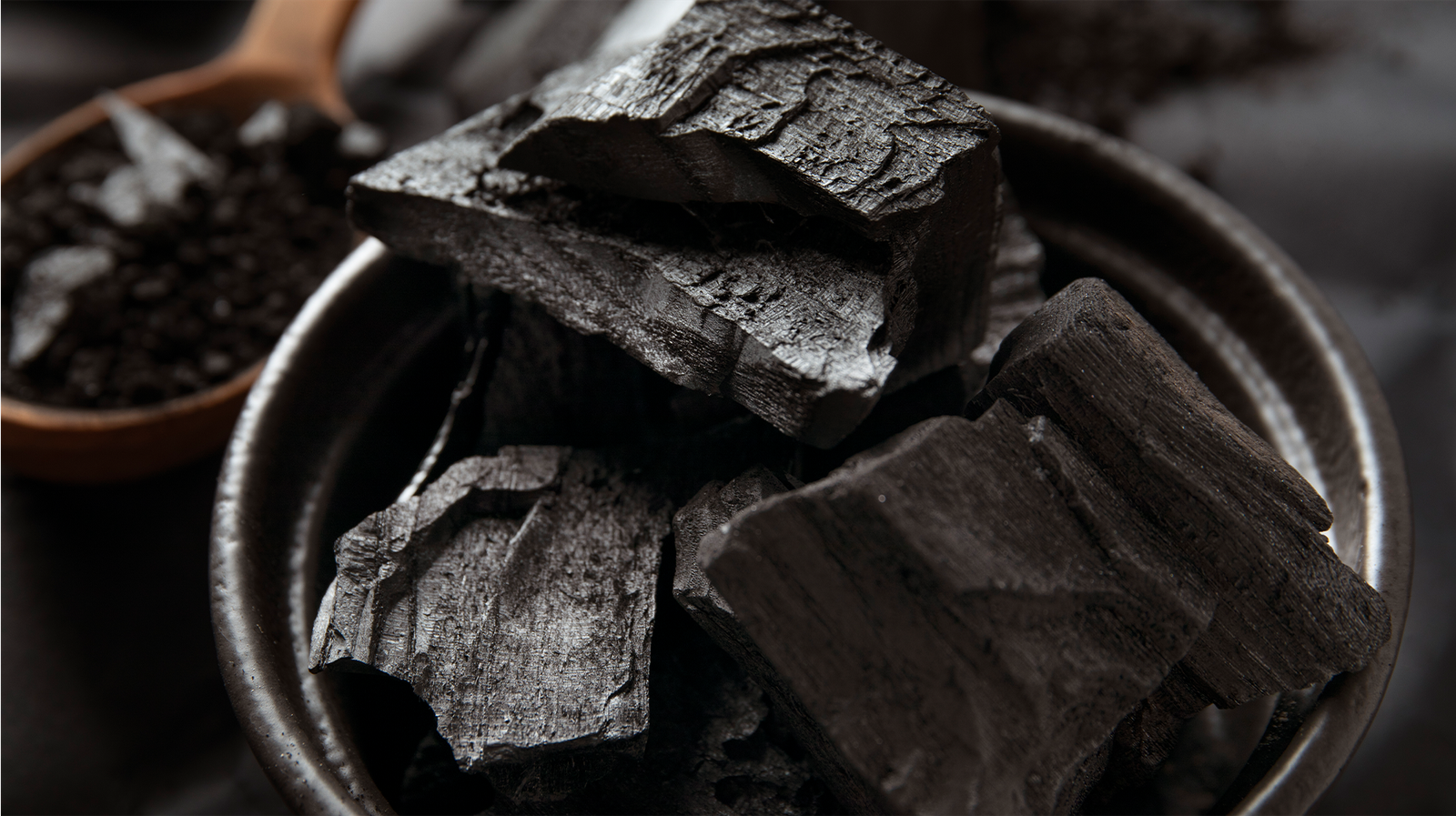
Lead
Lead is mainly extracted from galena (PbS), which is about 86% lead. The ore is crushed, ground, and concentrated by flotation to separate lead from impurities. It’s then heated with coke and limestone in a furnace, producing molten lead and slag. The lead is refined to remove other metals like silver and zinc, using electrolysis or pyrometallurgical methods. Finally, it’s cast into ingots for industrial use. Lead metal used in Batteries, Radiation shielding, Cable sheathing & Added to paints, glass, and soldering alloys (usage reduced due to toxicity concerns).
LEAD
Pure Lead
Batteries
Counterweights and Ballasts
Radiation Shielding
Alloys and Solders
Construction Material
Soundproofing
Ammunition
Cable Sheathing
Lead Pipe
Lead Ingots
Linotype/Lead Alloy
Leaded Copper
Lead Carbonates
Lead Wool
Lead Seals
Lead Scrap
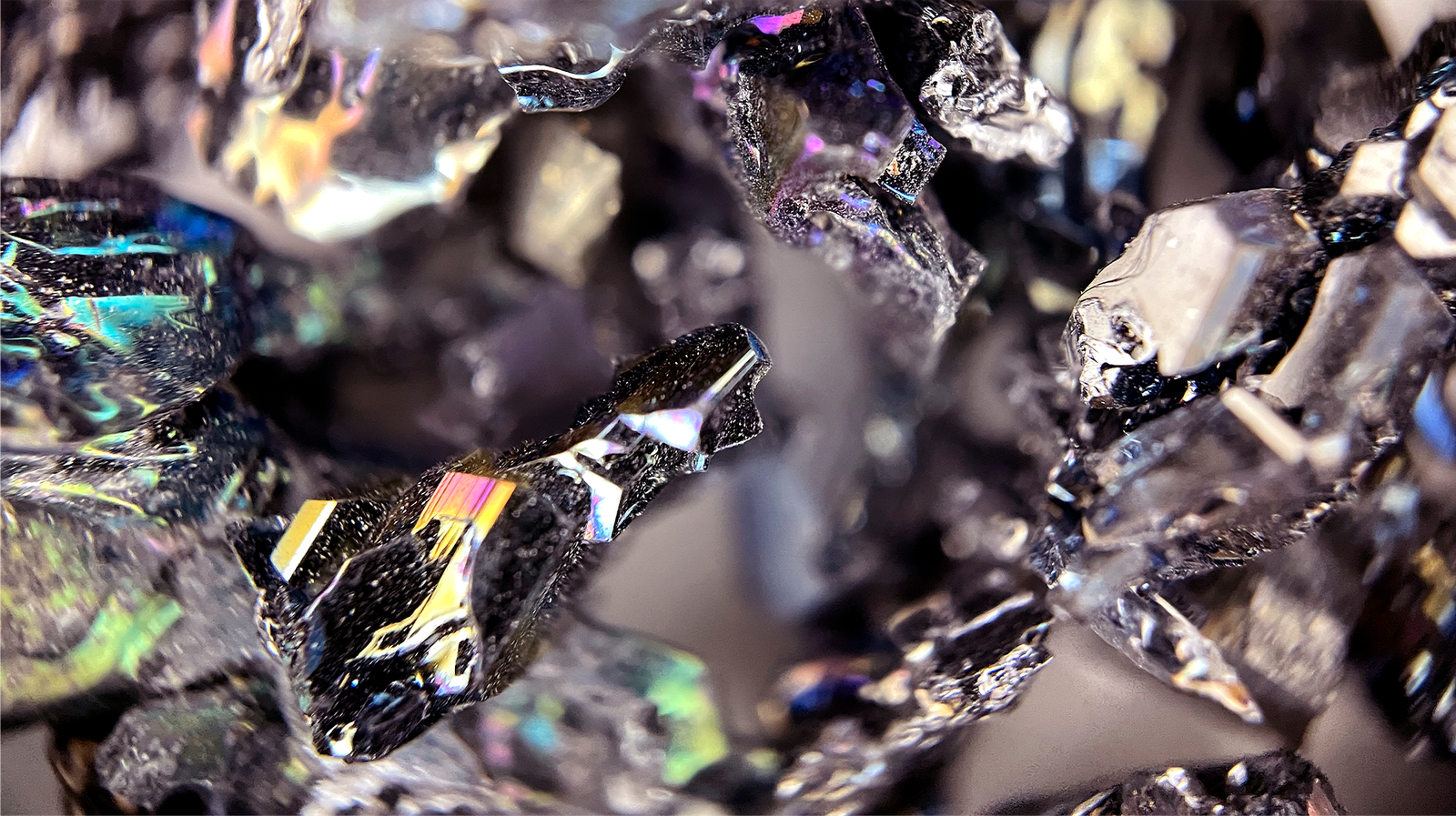
Magnesium
Magnesium is mainly extracted from minerals like magnesite (MgCO3) and dolomite (CaMg(CO3)2) or seawater, which contains magnesium salts. Seawater or brine is treated with lime to form magnesium hydroxide The hydroxide is filtered, dried, and converted to magnesium chloride Electrolysis breaks down MgCl2 into magnesium metal and chlorine gas. Dolomite is mixed with ferrosilicon and heated in a vacuum furnace. This reduces the magnesium oxide (MgO) in dolomite, producing pure magnesium metal. Used in lightweight alloys for aircraft, car engine components, and wheels. Found in laptops, cameras, and mobile phones due to its strength-to-weight ratio. Used in orthopedic implants, antacids, and laxatives.
MAGNESIUM
Magnesium
Magnesium Alloys
Magnesium Die Casting
Magnesium Metal Matrix Composite
Pure Magnesium
Magnesium Powder and Granules
Magnesium Sheets and Plates
Magnesium Rods and Bars
Magnesium Foils
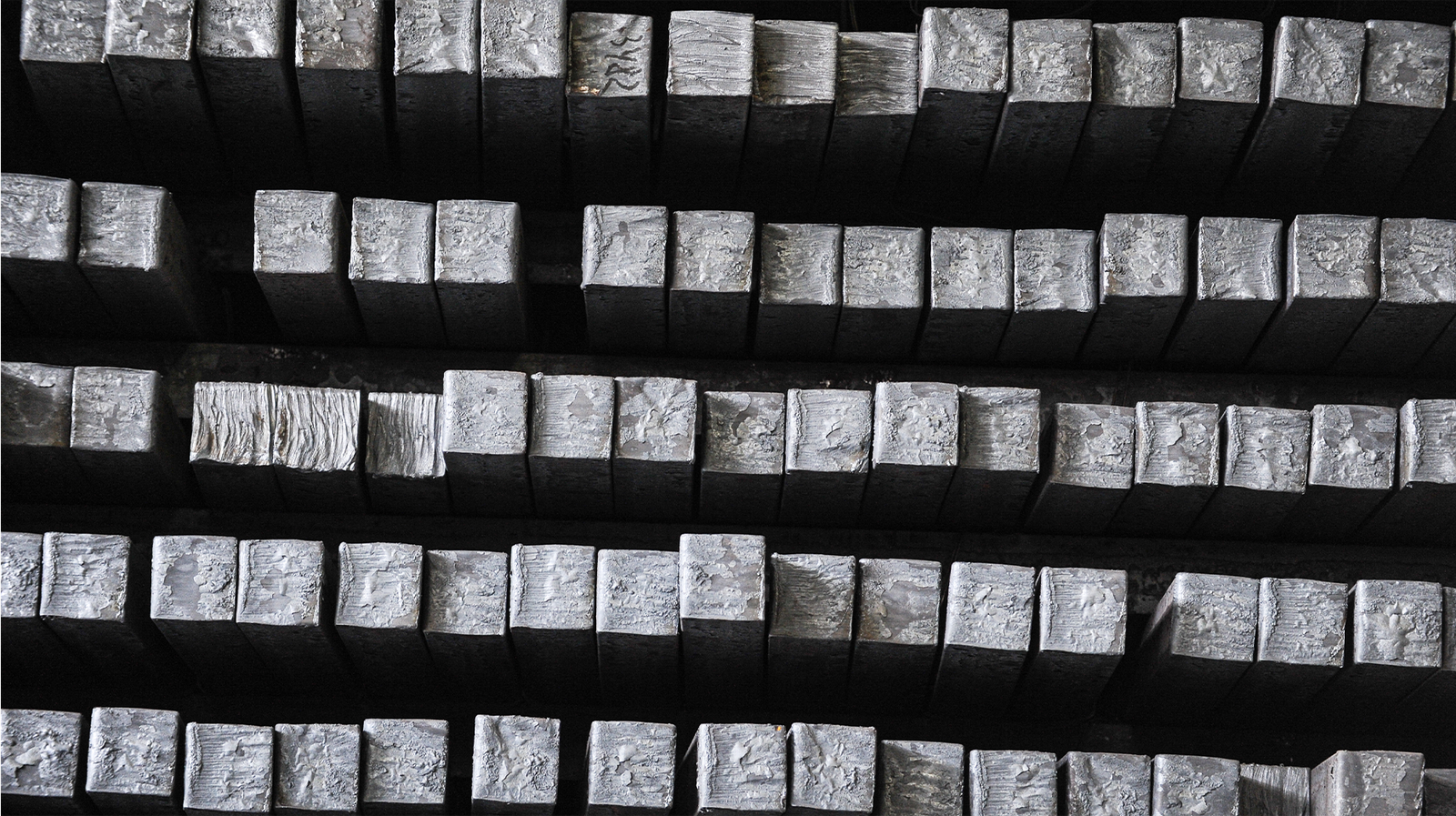
Nickel
Nickel is mined from ores like laterites (limonite, garnierite) and sulfides (pentlandite). The ore is crushed, ground, and concentrated by flotation (for sulfides) or hydrometallurgy (for laterites). Smelting produces matte, which is further refined using converters. High-pressure acid leaching (HPAL) or pyrometallurgical methods are used. Electrorefining purifies nickel using electrolysis. In the carbonyl process, nickel reacts with carbon monoxide to form nickel carbonyl, which decomposes to produce pure nickel. Purified nickel is cast into shapes like sheets, bars, or ingots for industrial use.Nickel enhances strength, corrosion resistance, and heat resistance in stainless steel. Nickel enhances strength, corrosion resistance, and heat resistance in stainless steel. Used in superalloys for aerospace engines and industrial turbines. A key component in rechargeable batteries, including lithium-ion and nickel-metal hydride (NiMH) batteries.
NICKEL
Pure Nickel
Nickel Alloys
Nickel Plating
Nickel Powder & Granules
Nickel Sheet & Plates
Nickel Rod Bar & Wire
Nickel Foils
Nickel Oxide and Nickel Salts
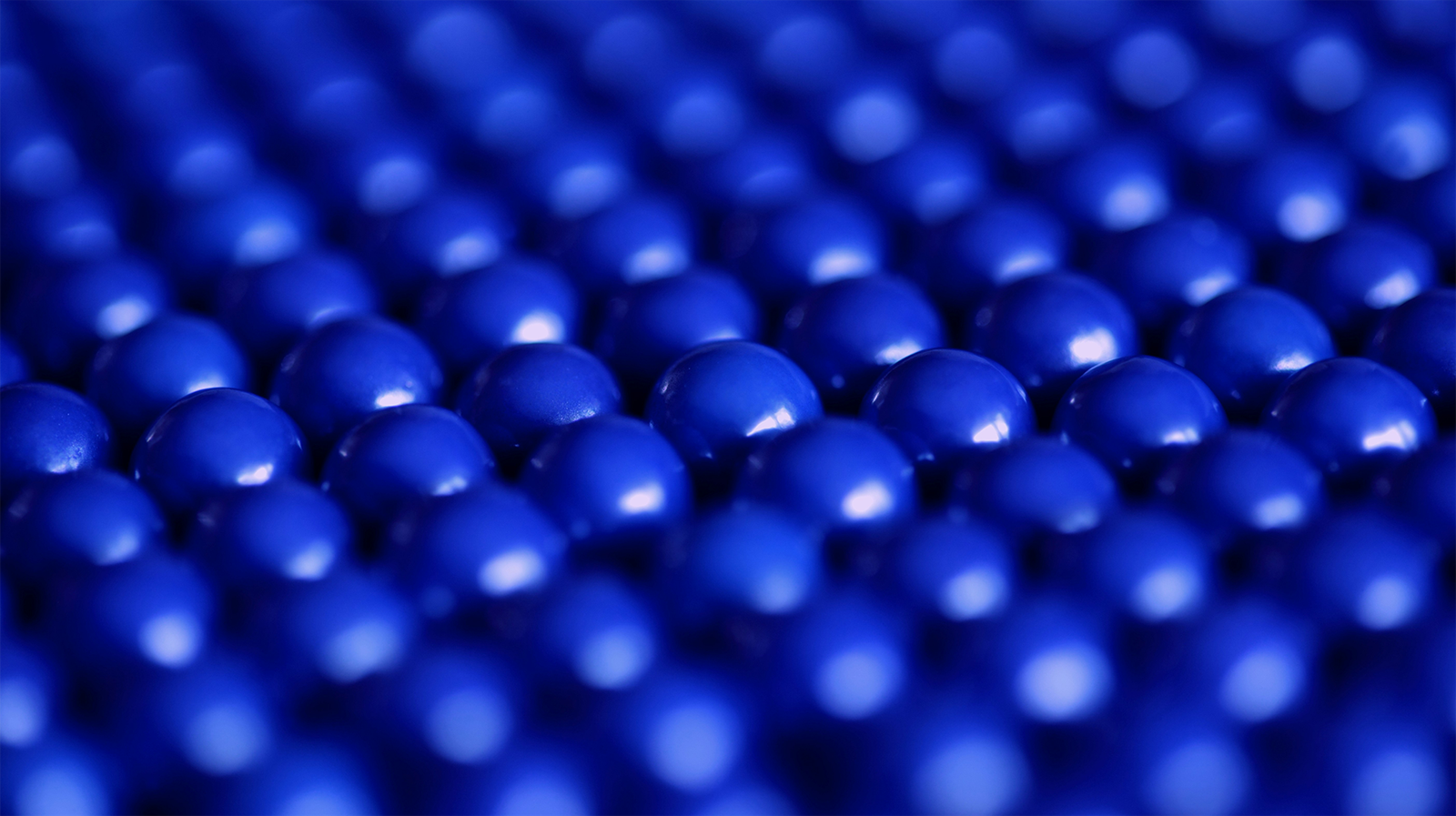
Cobalt
Cobalt is mainly obtained as a by-product of nickel and copper mining from ores like cobaltite, erythrite, and laterite deposits. The ore is crushed, ground, and processed through flotation, smelting, and refining methods like leaching and electro-winning to remove impurities such as iron and copper. The result is high-purity cobalt in forms like metal ingots, powders, or chemical compounds. Essential for lithium-ion batteries in EVs, smartphones, and laptops. Used in superalloys for jet engines and gas turbines. Makes strong permanent magnets for motors and electronics. Acts as a catalyst in fuel refining and chemical production.
COBALT
Pure Cobalt
Alloy Production
Medical Applications
Magnetic Materials
Pigments and Coatings
Research and Development
Batteries
Electronics
Catalysts
Aerospace and Defense
Cobalt Alloy
Aerospace Industry
Energy Sector
Defense and Military
Medical Applications (under Cobalt Alloy)
Cobalt-Nickel Alloys
Cobalt Powder
Cobalt Plating
Cobalt Oxide
Cobalt Salts
Cobalt-Based Magnet Alloys
Cobalt Sheets, Rods, and Bars
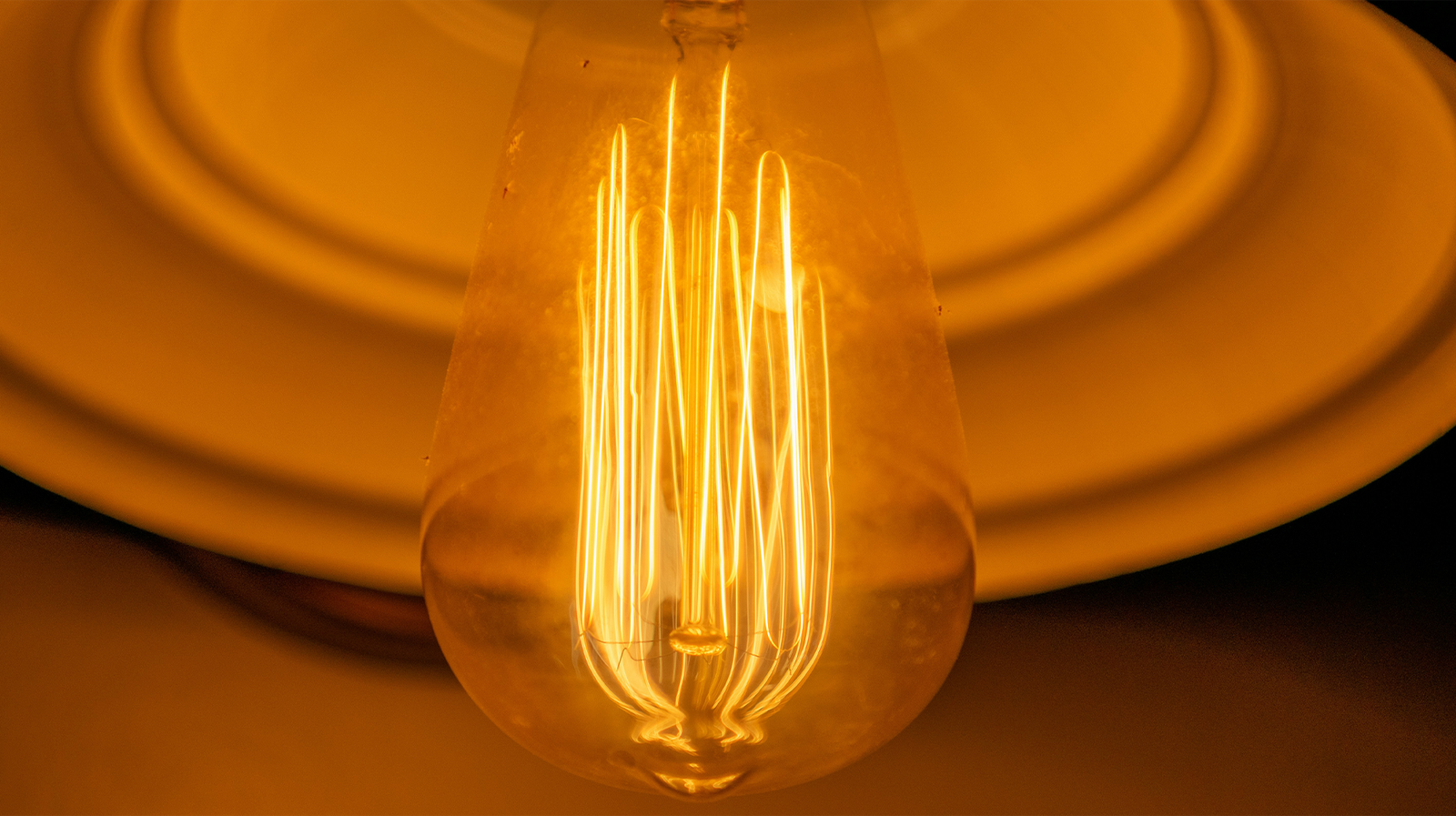
Tungsten
Tungsten is extracted from ores like wolframite (FeWO4) and scheelite (CaWO4) through mining. The ore is crushed, ground, and concentrated using separation techniques. It’s roasted with sodium carbonate, leached with water, and filtered to remove impurities. An acid treatment precipitates tungsten oxide, which is reduced in a hydrogen furnace at high temperatures to produce tungsten powder. This powder is pressed and sintered into bars or rods. Uses of Tungsten Metal in various Application like Industrial, Electronics, Aerospace & Defense Medical & Energy & Power.
TUNGSTEN
Pure Tungsten
Tungsten Alloys
Tungsten Powder
Tungsten Rods, Bars, and Sheets
Tungsten Filaments
Tungsten Copper Alloys (CuW)
Tungsten Electrodes
Tungsten Oxide Compounds
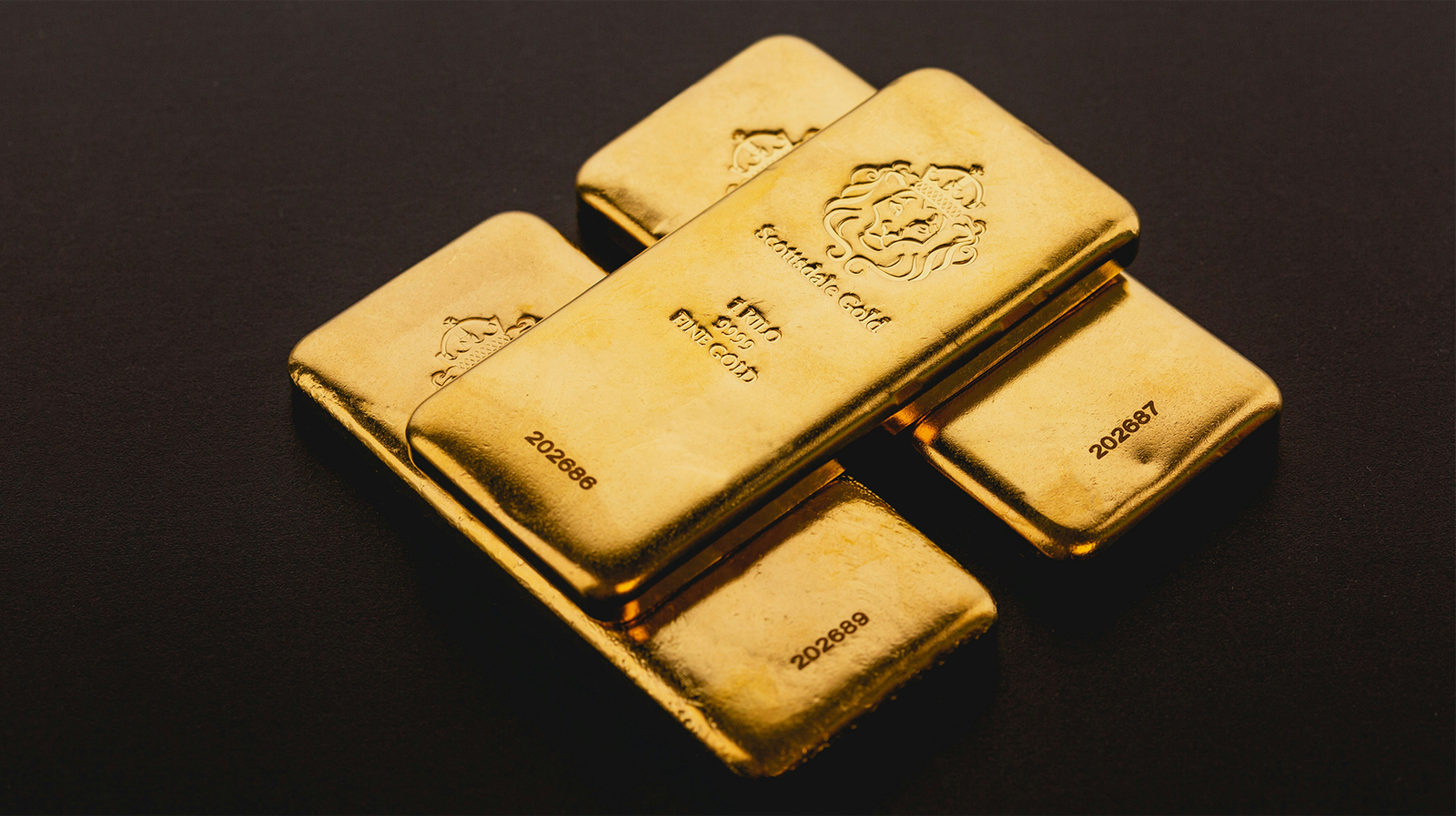
Gold
Gold is mined from underground or river deposits, crushed, and separated using chemical processes. It’s then melted into bars or ingots and refined for maximum purity. Gold is used in jewelry, electronics, coins, and financial reserves. It’s also found in dental implants, medical devices, spacecraft components, and high-tech gadgets.
GOLD
Pure 24 K Gold
Jewelry and Ornamentation
Space and Aerospace
Investment and Wealth Storage
Culinary and Luxury Foods
Fashion and Aesthetics
Religious and Cultural Applications
Electronics and Technology
Medicine and Healthcare
High-End Industry Applications
Gold Alloy
Gold-Plated Metal
Gold-Filled Metal
Gold Vermeil
Gold Leaf
Colloidal Gold
Gold Nanoparticles
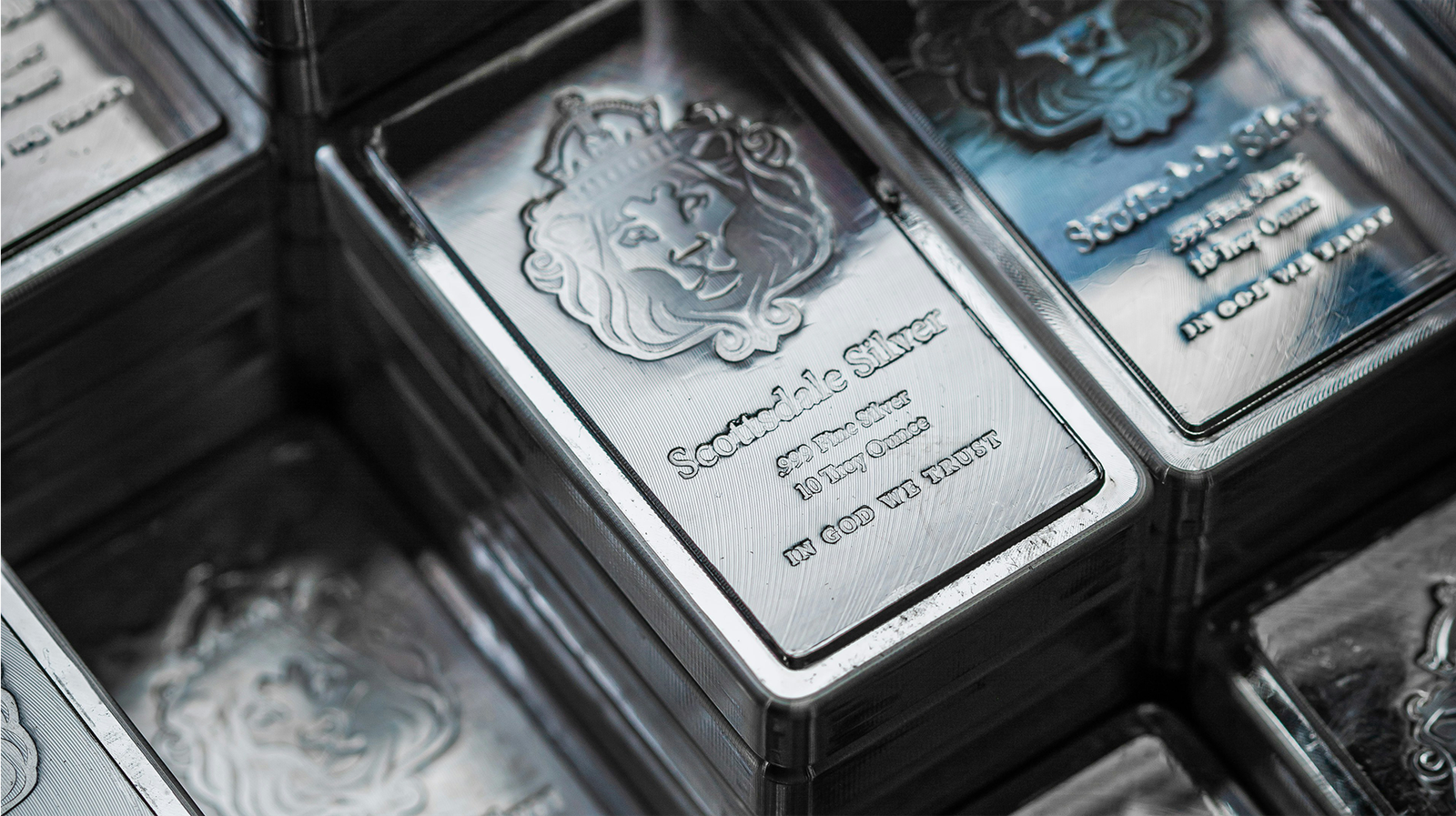
Silver
Silver is extracted from ores like argentite, galena, and copper sulfides. The ore is crushed, ground, and concentrated using flotation or gravity separation. It’s then heated in a furnace to separate silver from other metals. Electrolysis purifies the silver to 99.9% purity. The pure metal is cast into bars, coins, wires, or sheets for industrial and commercial use. Uses of Silver Metal in Jewelry & Silverware, Electronics, Medical Application & Water Purification & many more.
SILVER
Pure Silver (Fine Silver)
Sterling Silver
Argentium Silver
Silver Plating
Silver Solder
Colloidal Silver
Silver Nanoparticles
Mexican Silver
Antique Silver
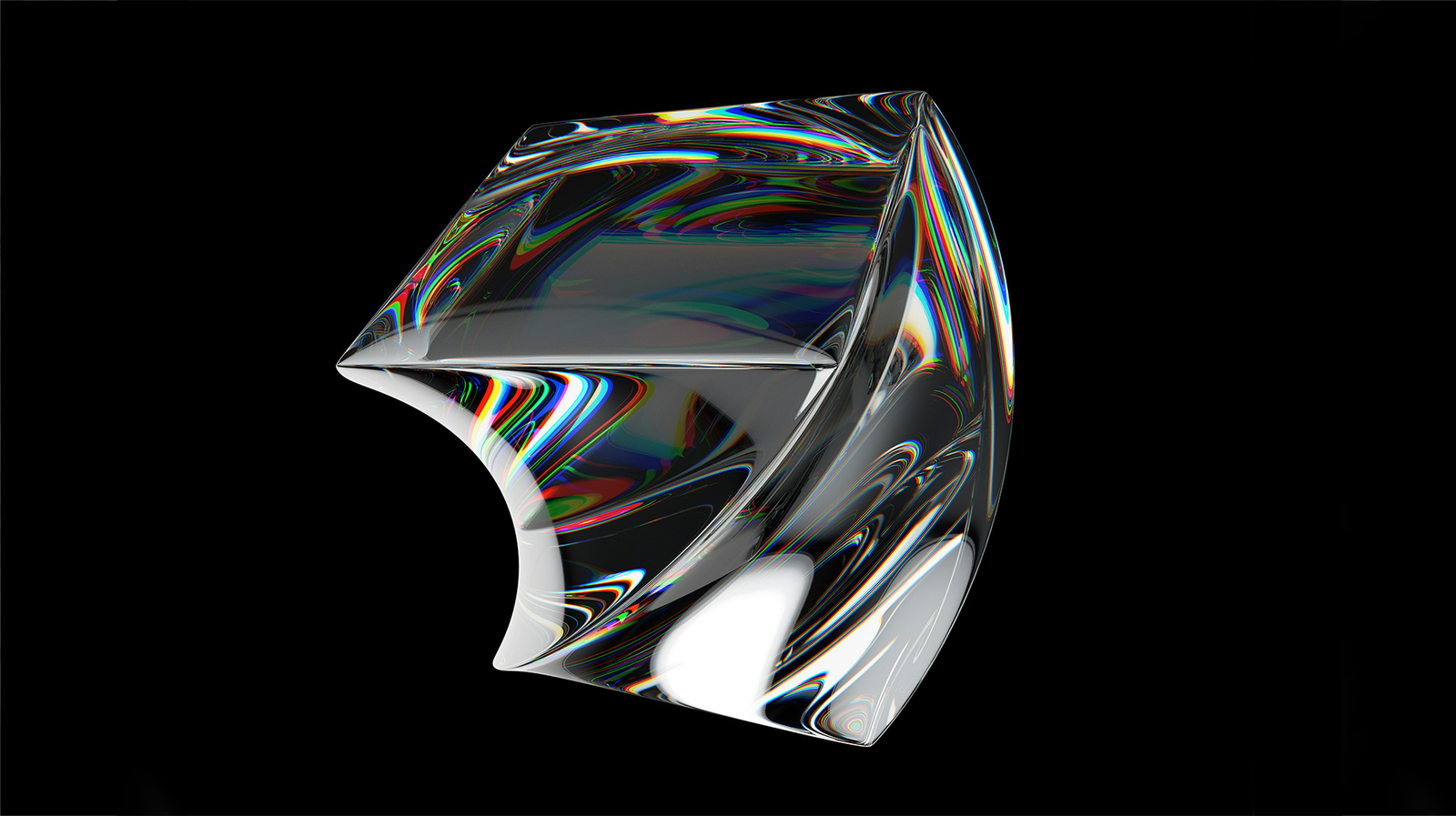
Platinum
Platinum is a rare, dense, and corrosion-resistant metal that is primarily used in jewelry, industrial applications, and catalytic converters. The process of making platinum involves extracting it from ores and refining it to obtain the pure metal. Platinum is usually extracted from platinum-containing ores found in certain regions, primarily in South Africa, Russia, and Canada. These ores are typically associated with other metals such as nickel, copper, and gold.
PLATINUM
Pure Platinum (Platinum 999)
Jewelry
Medical Devices
Catalysts in Chemical Reactions
Investment and Monetary
Automotive Sensors
Electronics
Hydrogen Production
Dental Materials
Laboratory Equipment
Aerospace and Aircraft Engines
Platinum Alloys
Catalysis
Aerospace
Electronics
Chemical Processing
Jewelry
Hydrogen Fuel Cells
Medical Devices
Glass Manufacturing
Platinum Wire
Electrical Contacts and Connectors
Temperature Sensors
Glassmaking
Catalysts in Chemical Reactions
Medical Devices
Jewelry
Sputtering Targets
Laboratory Equipment
Platinum Powder
Platinum Catalysts
Platinum Coins
Platinum Jewelry
Platinum Therapeutics
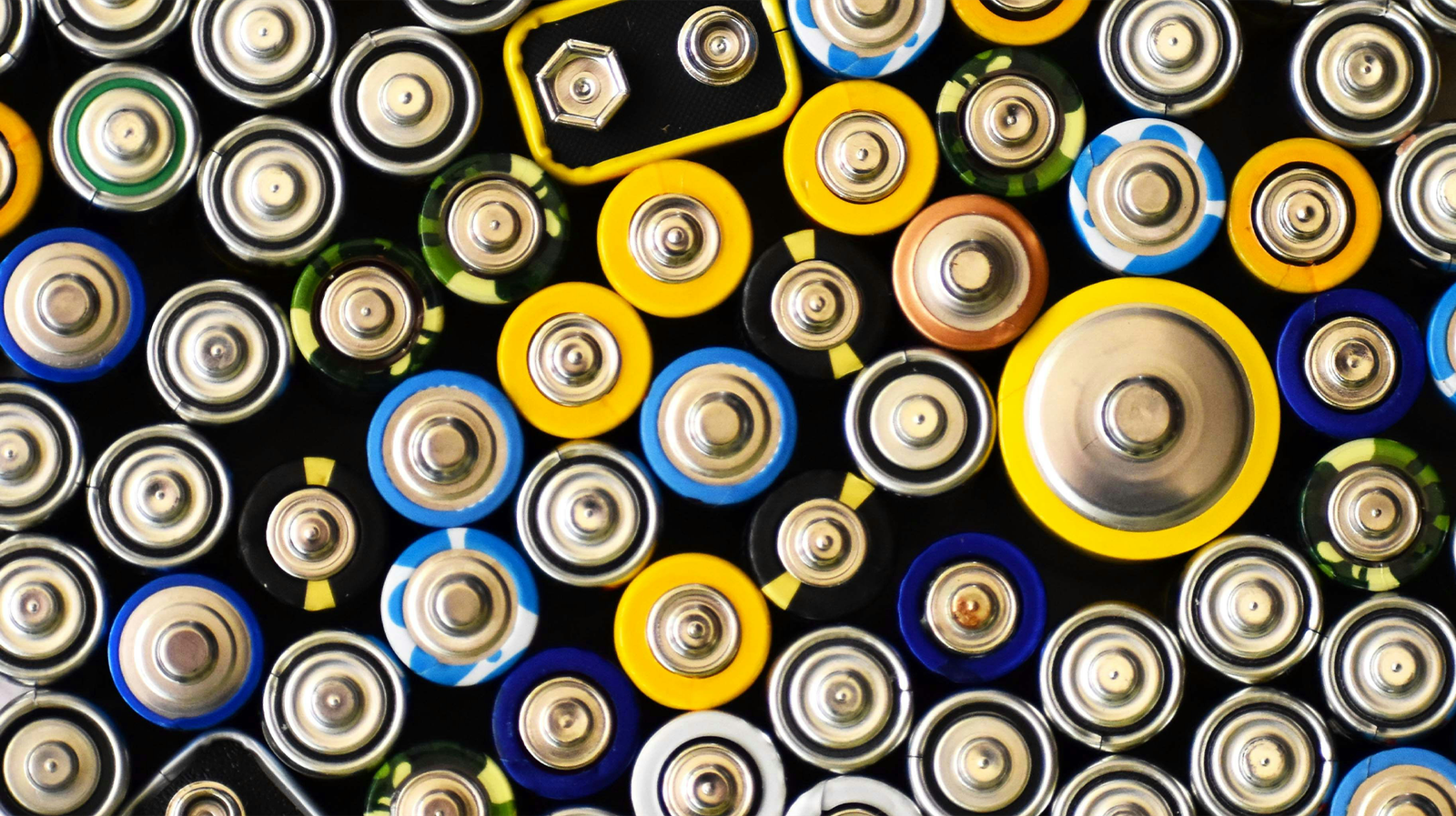
Lithium
Lithium is extracted from lithium-rich minerals like spodumene or from brines in salt flats. The mineral ore is heated to create a concentrate, while brines are evaporated to isolate lithium. After extraction, the lithium is purified through chemical processes to produce compounds like lithium carbonate or lithium hydroxide, which are then used in various applications. Lithium is mainly used in rechargeable batteries for devices like smartphones, laptops, and electric vehicles. It also helps treat mental health conditions like bipolar disorder. Additionally, lithium is used in making heat-resistant glass, ceramics, aluminum production, and as an alloy in metals. Lithium-based greases are used in automotive and industrial applications, and it’s also found in aerospace and military uses, including lightweight alloys and specialty batteries.
